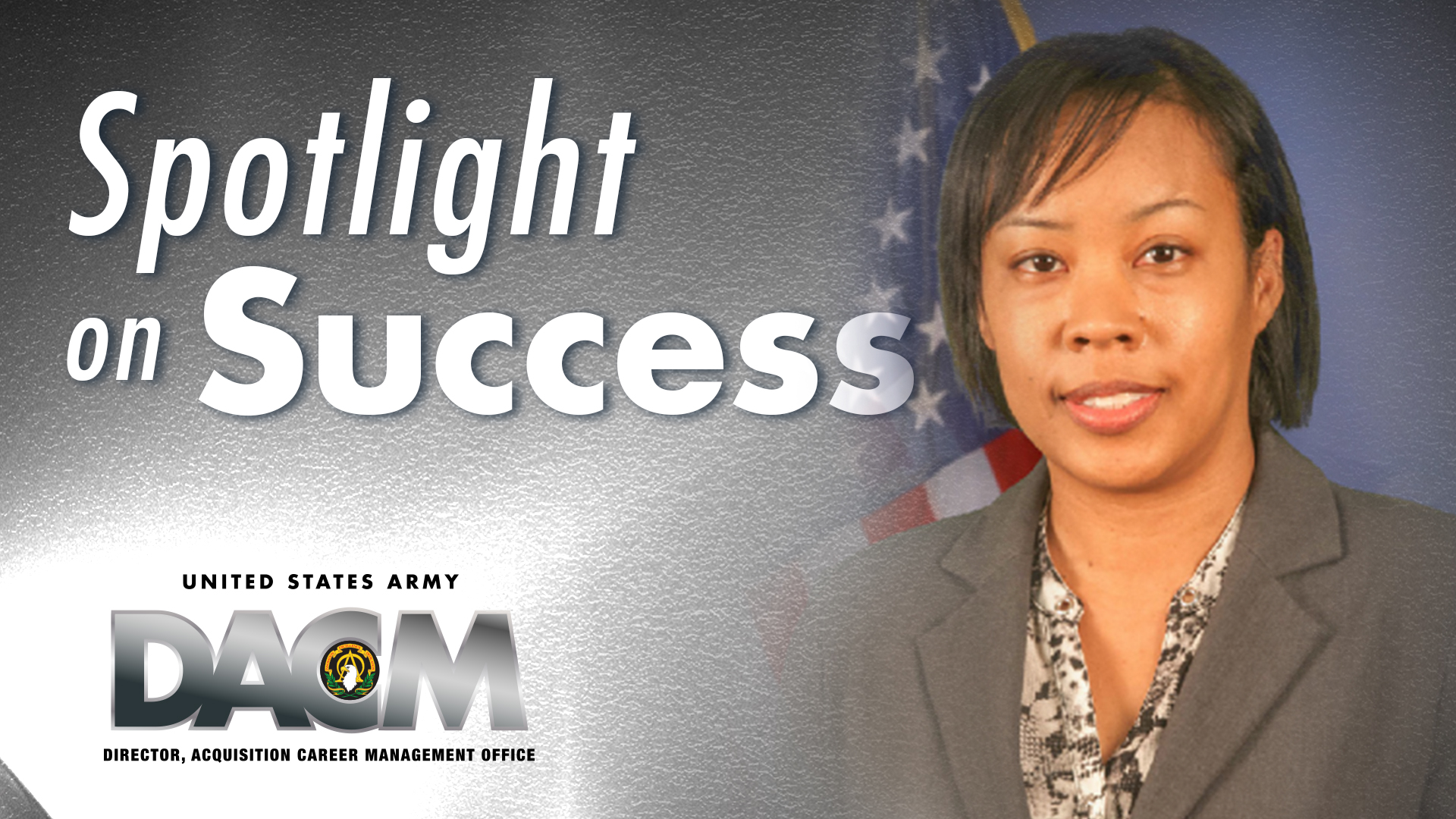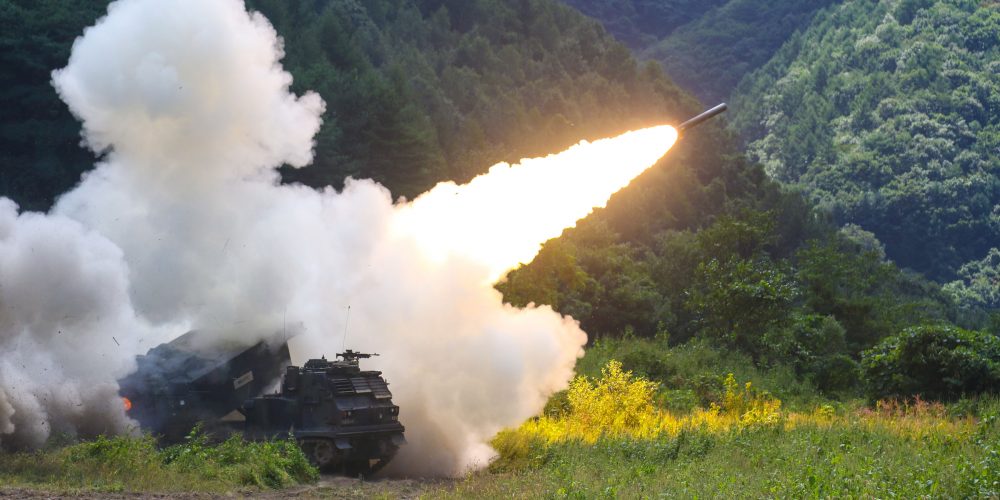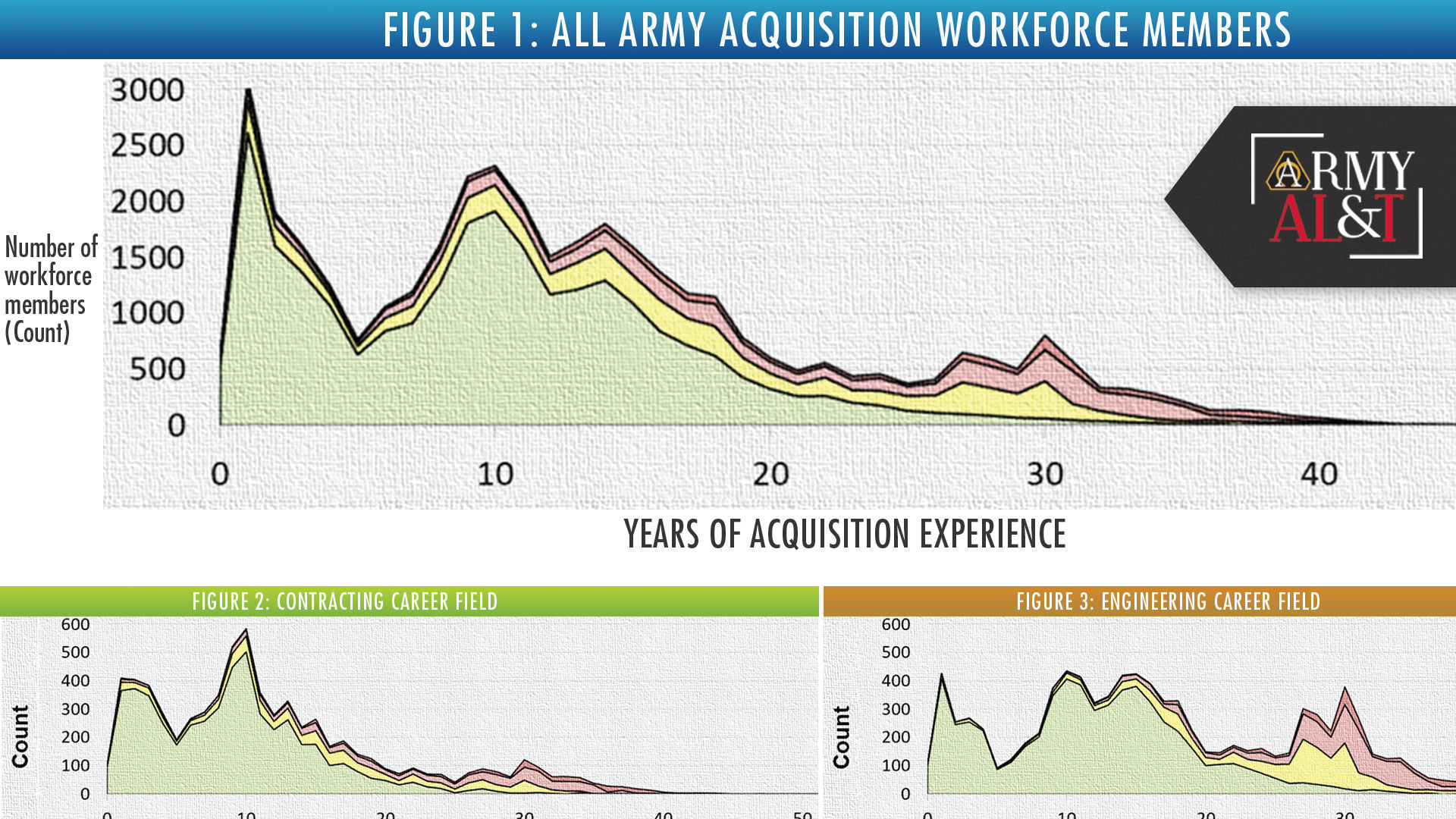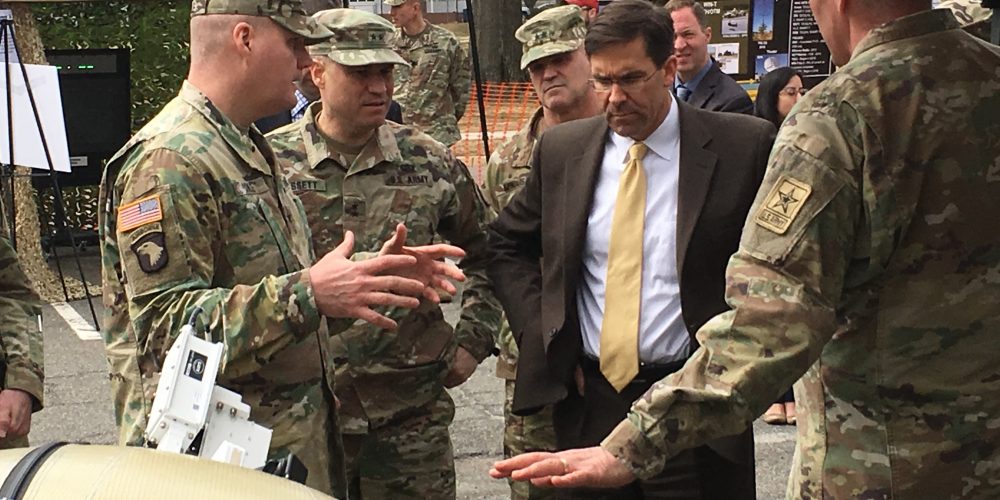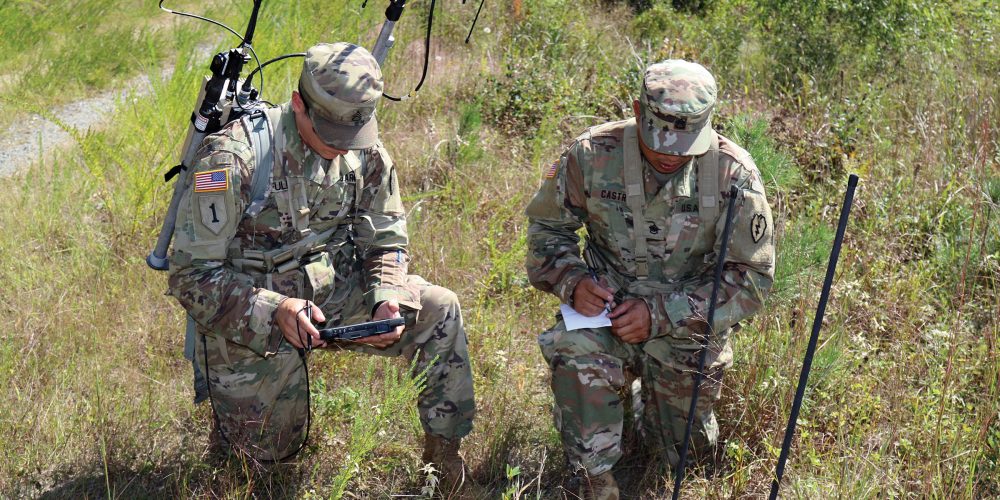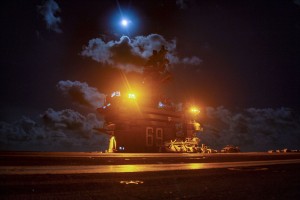A spark, fuel and oxygen. As simple as these elements are, if one is missing, fire won’t exist. Similarly, there’s a triad of elements that must come together for innovation to occur. The Army is now trying to leverage this “fire” of innovation to solve the modernization problems of the past two decades.
Achieving innovation requires much more than looking at resource use, assigning prioritization or adjusting organizational constructs. It demands addressing the driving force (the spark), building talented teams (the fuel), and fostering a supportive environment (the oxygen). Real innovation also has a cost: change, internal conflict and often destruction of the present organization, processes and capabilities. Remember, for example, the tanks that replaced the Army’s beloved horse cavalry.
One of the two counter unmanned aircraft system mobile integrated capabilities (better known as CMIC) vehicles is loaded onto a C-17 headed for Europe, Feb. 26 at Lawton-Fort Sill Regional Airport. (Photo by Keith Pannell, Fort Sill Public Affairs).
MORE THAN A BUZZWORD
Not a day passes without a discussion, an article or a speech that mentions innovation, and senior leaders have committed significant time and resources to boosting innovation within DOD. In August 2017, Secretary of Defense James Mattis announced his plans to maintain several DOD innovation initiatives and organizations his predecessors established. At the Association of the United States Army (AUSA) Annual Meeting and Exposition in October 2017, Ryan McCarthy, the acting Army secretary, and Gen. Mark A. Milley, the chief of staff of the Army, announced that the Army will reform its approach to requirements generation and weapon system modernization by creating new organizational constructs and processes to maintain, or in some areas regain, operational overmatch.
These efforts indicate that the Army is attempting to move beyond identifying and clarifying the modernization problem to actually leverage innovation to address it. It is one thing to announce change, claim its importance or provide top-level guidance to “innovate.” It is quite another matter to fund, educate and build organizational teams working in an environment that can make innovation a reality—and provide the U.S. Army the advantage in deterring, shaping or winning any conflict.
Soldiers assigned to Bravo and Headquarters Company, 1st Brigade, 147th Air Assault Helicopter Battalion, and 2nd Brigade, 149th Air General Support Aviation Battalion, conduct a deck landing qualification with a UH-60 Black Hawk on a U.S. Navy ship on Aug. 9, 2017, in the Arabian Gulf. The Black Hawk is one of the military systems developed in the 1970s known as the Big Six. It remains a core element of the Army’s military power today. (U.S. Army photo by Staff Sgt. Jeremy Miller, 35th Infantry Division)
OVERTURNING THE INDUSTRIAL AGE MODEL
The Army modernization problem is clear. The major weapon systems developed in the 1970s and fielded in the 1980s are marking four decades in service, with dozens of upgrades and strapped-on fixes to maintain operational readiness and provide incremental, evolutionary improvements. During the past decade, near-peer competitors have worked to close the gap in our systems’ current advantages. As McCarthy wrote in a modernization priorities memo in October, the consequence of this modernization problem is the Army’s loss of competitive advantage against emerging threats, competitors and adversaries.
Senior leaders trace the current modernization model to the Industrial Age, and cite the need to reform processes that are slow, overly bureaucratic and stovepiped. This top-level problem has three distinct parts: requirements generation, technology integration, and improvement of acquisition processes. The challenge is well-framed and understood, serving as the spark to leverage innovation as a solution.
So what does it mean to innovate? Webster’s Dictionary describes innovation as “a new idea, device, or method, or the act or process of introducing new ideas, devices, or methods,” but it can be further broken down into two categories: evolutionary and revolutionary innovation. Evolutionary innovation is synonymous with incremental change, which builds upon known products or capabilities. It is relatively low risk with predictable and advantageous outcomes. Revolutionary innovation involves breakthroughs that address problems from a completely new angle. It is higher risk, often described as serendipitous, and produces greater rewards. These innovations are radical or disruptive and often change the landscape of currently accepted approaches or capabilities. The cost of this innovation is the obsolescence of today’s organizations, processes and capabilities. Revolutionary innovations are often seen early in capability development, while evolutionary innovations generally take the form of improvements that are identified and implemented as that capability is fielded and adopted for wider use.
Revolutionary innovation, whether in the military or in the private sector, requires the triad of elements: a driving force, a talented, funded and supported team, and a viable environment. It’s simple to start a fire by lighting a gas grill on the back porch. It’s a lot harder at a windy, rainy campsite. Likewise, fostering innovation in organizations varies based on needs, people and culture. No matter the conditions, you need all three—spark, fuel and oxygen—at one place, at the same time for the fire of innovation to occur. The guidance is clear: “Go innovate!” What is less clear are the critical parts required to make that innovation happen and produce tangible results.
FROM THE BIG SIX TO THE CFT
The good news is the Army has a demonstrated history of success in leveraging revolutionary innovation to modernize. In the 1970s, the Army developed the major weapons systems that came to be known as the “Big Six.” They include the M270 Multiple Launch Rocket System; the M1 Abrams main battle tank; the Bradley Fighting Vehicle; the AH-64 Apache and the UH-60 Black Hawk helicopters; and the Patriot Air Defense System. In the 1980s, the Army fielded these six modern weapon systems to achieve operational over-match in Operations Desert Shield and Desert Storm, and the Cold War against the Soviet Union. No shots were fired in Europe in part because of the known over-match of our formations and their weapon systems. The Big Six also facilitated overmatch in Operation Iraqi Freedom.
The keys to the success of these systems were clear: threat-based requirements documents, maturation of technologies, prioritization, adequate funding and, most importantly, patience to see the systems to fruition. This modernization happened over decades that included failed air defense, tank, aircraft and artillery efforts.
As successful as the Big Six fieldings were, however, the past two decades have not been so kind. Lawmakers, senior leaders and Soldiers have been frustrated with the Army’s inability to modernize and field new capabilities. After repeated failures that ranged from the RAH-60 Comanche helicopter to Future Combat Systems—the most ambitious acquisition program in the service’s history and central to its modernization efforts from 2003 to 2009—the Army’s answer became to take steps, not leaps. Instead of new systems that would usher in the next revolutionary generation of capabilities, leaders chose the path of evolutionary upgrades to the Big Six.
However, the recent resurgence of near-peer threats in Russia, North Korea, China and Iran have demonstrated the need to modernize on a larger scale. One positive step toward meeting that need came from Congress in the form of the National Defense Authorization Act for Fiscal Year 2016, which assigned the service chiefs a greater role in weapon system development and modernization.
Using that expanded role, Milley and several Army secretaries took action on three key initiatives. First, they placed a renewed emphasis on the Army Requirements Oversight Council (AROC) by focusing all requirements on technical feasibility and affordability. Secondly, in concert with the AROC, the G-8 developed the strategic portfolio analysis review (SPAR), which became the de facto program objective memorandum guidance and prioritization, with three clear categories—accelerate, maintain or stop—across the Army’s 15 portfolios. The third effort was the establishment of the Army Rapid Capabilities Office (RCO), which is based on the Air Force’s successful RCO construct and charged with rapidly developing and delivering prototypes to combatant commands to close high-risk, strategic operational gaps. The AROC, SPAR, RCO and RICO are serving as the foundation in addressing the modernization problem.
Army leadership also announced other modernization initiatives at AUSA:
- Creation of a new modernization or futures command;
- Publication of the Army’s six modernization priorities and acquisition reform plans;
- Establishment of eight cross-functional teams (CFTs).
The CFT pilot, outlined as “an innovative organizational construct to integrate and synchronize processes across multiple stakeholders,” will use teams to transition leader-approved capability requirements to the Army acquisition system, allowing faster and more affordable capability development. The need for technology integration is addressed through the CFTs’ requirement to leverage experimentation and technology demonstration to inform and mitigate risk to the longer-term programs of record.
Soldiers with 2nd Brigade Combat Team, 101st Airborne Division, from Fort Campbell, Kentucky, call on the radio while conducting a live-fire exercise during Network Integration Evaluation 17.2. The Army Rapid Capabilities Office assessed mounted and dismounted electronic warfare systems that provide new electronic detection, support and attack capability in contested and congested environments during NIE 17.2, held at Fort Bliss, Texas, and White Sands Missile Range, New Mexico. (U.S. Army photo by Sgt. Maricris C. McLane, 24th Press Camp Headquarters)
FUEL AND OXYGEN
The Army is great at creating organizations, such as the RCO, CFTs and the new modernization or futures command. But to fuel innovation, such organizations have to be led and staffed by curious people who question the status quo and are not averse to risk. The acting secretary’s acquisition reform directive specifically addresses the need for talent management within the acquisition formation. This emphasis needs to carry over to the CFTs and modernization or futures command to ensure that the right people are in the right roles to support the revolutionary innovation that’s needed.
The last and most critical piece to consider is the environment—the oxygen for the innovation fire to start and thrive. Starting with the secretary and chief of staff of the Army, to the Army acquisition executive, to program managers and on down the line, the Army must foster a culture that celebrates risk acceptance, early failure and frequent experiments. Incubating informal networks that work in parallel with well-defined Army processes promotes cross-pollination and idea generation. The Army Rapid Capabilities Office has forged such a network through its Emerging Technologies cell, which focuses on assessing capabilities such as robotics, artificial intelligence, and counter-unmanned aerial systems, and coordinates with nontraditional innovators and organizations like the Defense Innovation Unit – Experimental and the DOD Strategic Capabilities Office to potentially apply their technologies to Army needs and programs.
Of the three components required for revolutionary innovation, the environment, or oxygen, is the most crucial, and is often not specifically addressed in memos, constructs or conversations. The Army can provide the oxygen for innovation through greater risk tolerance and an increased emphasis on prototyping and experimentation—allowing us to place “lots of little bets” with the understanding that many will fail, but one might be revolutionary.
The Small Unmanned Ground Vehicle was part of the canceled Future Combat Systems (FCS). The ambitious FCS program could have ushered in new generation of capabilities, but instead ended up as a big failure for Army acquisition, after which the acquisition enterprise preferred incremental improvements to existing systems over risky, larger-scale innovation. (U.S. Army photo)
CONCLUSION
The Army has a plan to leverage the fire of revolutionary innovation to address the modernization problem. We have the spark: The modernization problem is well understood, with emphasis on requirements generation, technology maturation and integration, and acquisition process improvements. We have the fuel: The formation of new and innovative teams, through the RCO, eight planned CFTs and the modernization or futures command.
The area that requires the immediate and continued emphasis is the oxygen, environment. The leadership must create and foster an innovative environment that tolerates risk, accepts failure early and often, and promotes teams and individuals who further the fielding of near-, mid- and long-term modernization capabilities. The cost of innovation—change, organizational conflict and destruction—is the price to proceed.
The Army has a long and proud, though sometimes sporadic, modernization history over its 240-plus years of existence. It must and will undoubtedly modernize again, fielding revolutionary capabilities that win back dominant overmatch against emerging threats, competitors and adversaries.
As it has done in the past, the Army needs to leverage innovation for modernization success.
by Col. Joseph Capobianco
The specified audio id does not exist.

